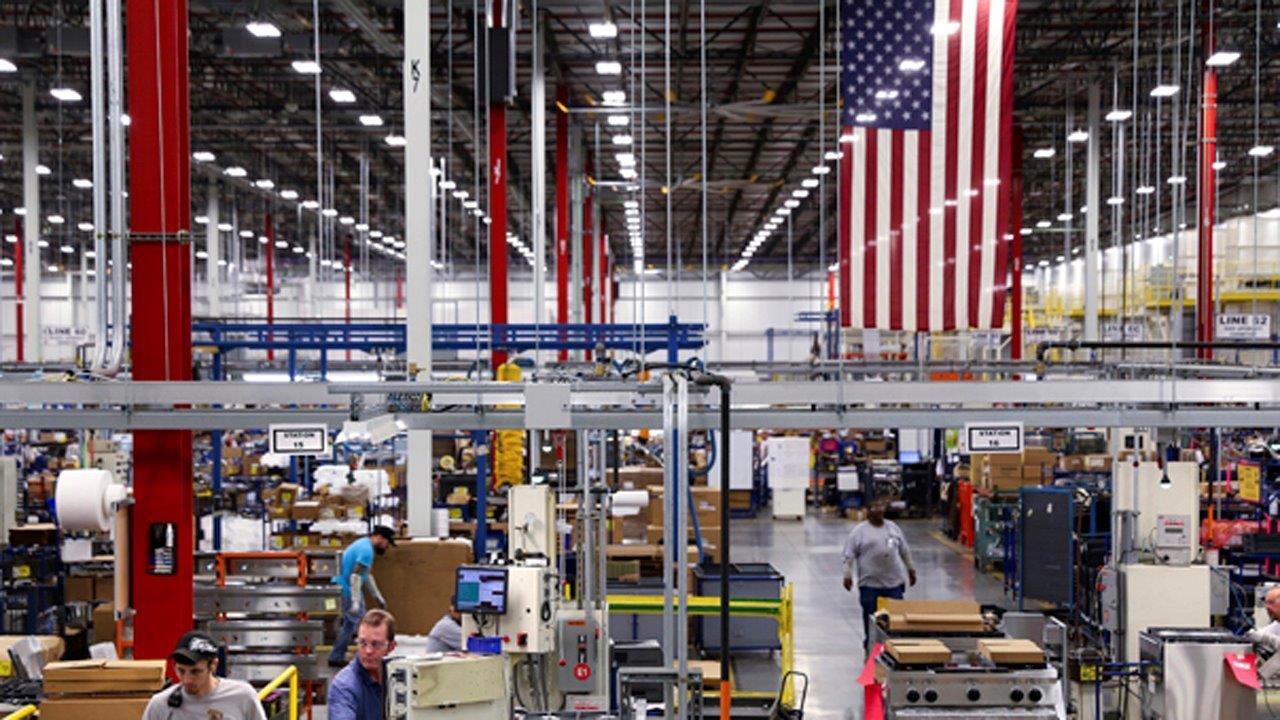Fed's Evans: Four Rate Rises in 2017 'If Things Really Pick Up'
As the U.S. economy continues to show signs of strength, Chicago Federal Reserve President Charles Evans on Monday said four rate rises from the central bank this year isn’t totally out of the realm of possibility.
“I think three is entirely possible, as I gain more confidence in the outlook I could support three total this year. If inflation began to pick up, that would certainly solidify my report. It could be three, it could be two, it could be four if things really pick up,†Evans told the FOX Business Network.
The median expectation among Fed economists calls for a total of three rate rises by the end of 2017. Evans, who voted in favor of the move to raise rates to between 0.75% and 1% last week at the conclusion of the FOMC’s policy-setting meeting, said his biggest concern is slow-moving inflation, which has been hesitant to grow toward the central bank’s 2% target. Core personal consumption expenditures, the Fed’s preferred inflation gauge, sits at 1.7%.
However, he said economic fundamentals are “solid†in his view, and he expects to see an annualized rate of 2.25% growth by the end of the year as both consumer sentiment and spending remains high, the labor market continues to show strength, and inflation inches closer to its target range.
“It’d be great to get 3% or 4% growth but unless it’s accompanied by increases in structural trend growth like better labor force input and productivity enhancements, it’s likely to put pressure on resources, drive up wages – which would be a good thing up to a point – but of course if inflation starts picking up above our objective, financial restrictiveness would play a part,†he explained, though noting if inflation were to move a bit above the 2% target, it wouldn’t send the economy reeling as there is still a bit of room to expand.
Evans said additional economic stimulus could come in 2017 and 2018 from fiscal policy measures from President Donald Trump’s administration, though the 4% target the president has pointed to by 2018 would be an “outsize number.†Expectations for tax reform, fiscal spending through infrastructure investment, and less business regulation propelled Wall Street higher since the November election, but now investors want to see real action.
Evans said smart fiscal policies that improve inefficiencies and get out of the way of businesses trying to expand will help fuel labor-force growth and boost overall trend growth.
“[That] would be extraordinarily welcome. If we’d like to see 3% growth sustained over a long period [of] time, we’re going to need to have the labor input and productivity grow in line with that so that we don’t get additional inflation. That would be a challenge for everybody,†he said.




















